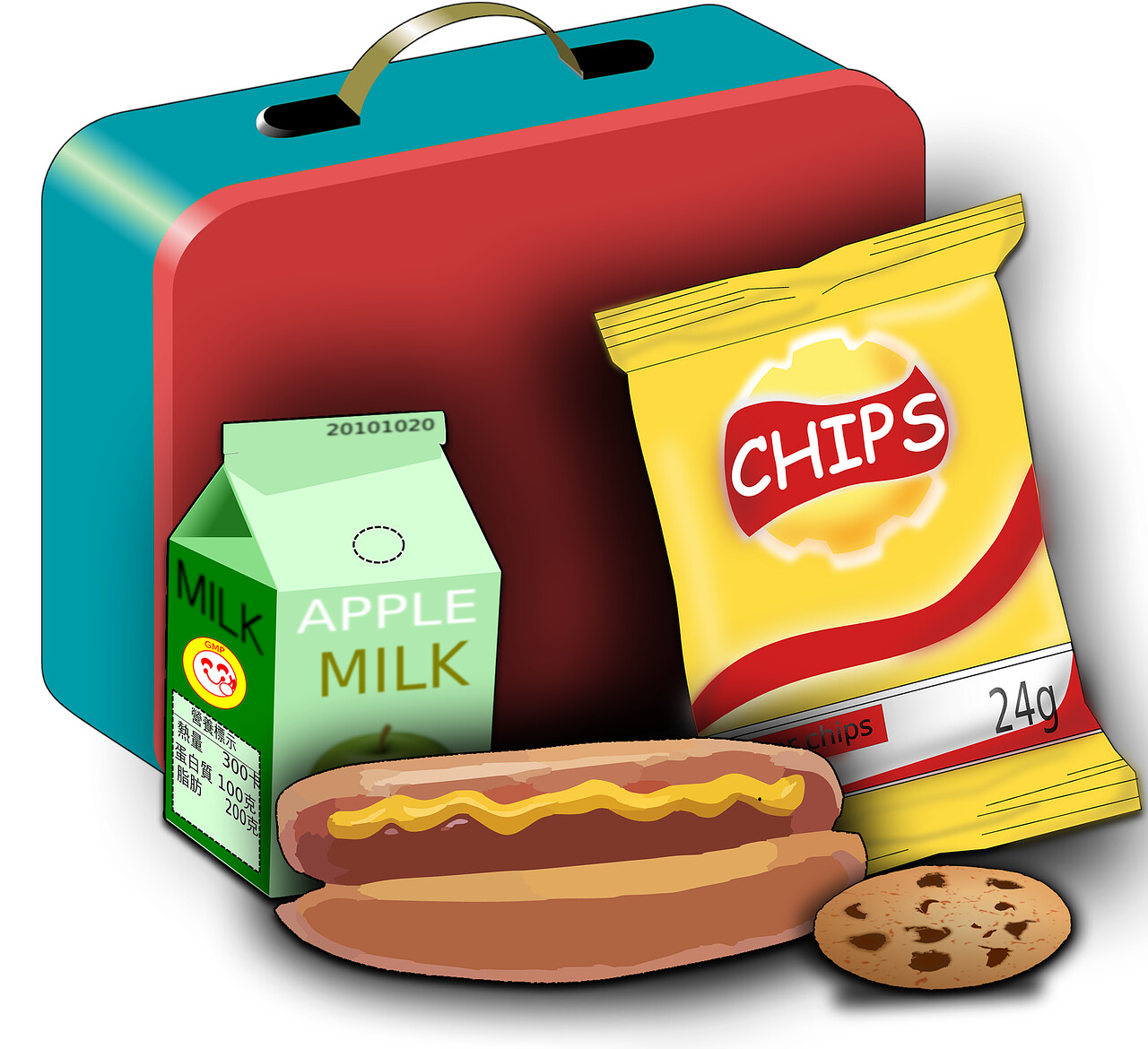
We've all been there, moms - surrounded by toys on the floor, dishes piled high, and a to-do list growing faster than our kiddos. The stay-at-home life can quickly become overwhelming, but don't fret! We've got the secret sauce to help you structure your routine and bring order to the beautiful chaos. Grab that favorite coffee mug and take a few minutes for yourself; it's time to get your mom game organized.
1. Start with a Weekly Plan
The road to a structured stay-at-home routine begins with planning your week. Map out your essential tasks and activities and pencil them in on a calendar or digital planner. By doing this, you'll create a blueprint for accomplishing what needs to get done while also carving out time for non-negotiable family events or occasional playdates. Seeing your week on paper (or screen) gives a sense of control and accomplishment, knowing that you've got everything accounted for.
2. Assign Chores to Specific Days
Next up, it's time to strategize your workload. Instead of facing a mountain of chores each day, spread them out throughout the week. Have specific days for laundry, grocery shopping, meal planning, and other household tasks. By dedicating days to certain chores, you not only make them more manageable but also free up time for other commitments or even a little well-earned relaxation.
3. Establish Morning and Evening Routines
The secret to a successful day at home starts and ends with routines. Mornings can be chaotic as the day hits the ground running, but by creating a go-to morning routine, you can start your day with purpose and organization. This routine may include things like making your bed, having a healthy breakfast, or even a quick workout. Likewise, having an evening routine will help you unwind and set the stage for a restful night. It may involve decluttering shared spaces, preparing lunches for the next day, or setting aside some much-deserved "me-time" for a glass of wine and a good book.
4. Prioritize Self-Care
In the midst of the hustle and bustle of stay-at-home mom life, it's essential to take care of yourself. You can't pour from an empty cup, so be sure to allocate time for self-care in your weekly schedule. Whether it's a yoga class, coffee with friends, or even a long, uninterrupted bubble bath, prioritize self-care so that you can tackle your responsibilities with energy and grace.
5. Enlist Help and Delegate Tasks
Remember, mom: you don't have to do it all alone. As your children grow, assigning age-appropriate chores can teach them responsibility and lighten your load. Not only will this give you more time to focus on other tasks, but it will also help you to bond with your children as you work together to maintain your household. If you're fortunate enough to have a partner, involve them in the decision-making process and let them know what chores they can assist with. Tag-teaming not only makes chores more manageable but can also strengthen your relationship as you both contribute to the household's success.
6. Flexibility is Key:
Lastly, always remember that your schedule should be flexible. Life is full of surprises, and especially as a mom, your days can be unpredictable. Keep your schedule open to change and don't be too hard on yourself if something slips through the cracks – simply adjust and carry on!
The life of a stay-at-home mom is undoubtedly filled with unexpected twists and turns. However, with a little bit of planning and organization, you can create a routine that works for you and your family. By mapping out your week, assigning chores to specific days, establishing morning and evening routines, prioritizing self-care, and delegating tasks, you can conquer the chaos and relish in the joys of motherhood. Cheers to you and your newfound structure.
Want to join a supportive community of stay at home moms who once had careers? Join here.

There are lots of foods that are packaged individually for our convenience – chips, crackers, cookies, even some fruit. Although these are convenient for packing the kids’ lunches in the mornings, they actually cost more than if you purchased a family-sized package and divided it up into individual servings.
Let’s take a look at Amazon for some quick price comparisons. First, we’ll select a 40 pack box of Frito-Lay chips which costs roughly $17*. The total amount of food contained in the prepackaged box is 40 oz. That’s a cost of $.43 per oz. Now let’s look at the larger quantity costs. A typical bag of Cheetos contains about 8.5 oz and runs around $3 ($.35 per oz) and a typical bag of Lay’s potato chips contains about 12.5 oz and runs almost $4 ($.32 per oz). For 40 oz of chips in bags, you would need to buy 4.5 bags of Cheetos for about $13.50 or 3.5 bags of Lay’s potato chips for about $14.
Product | Quantity | Total Cost | Cost per ounce |
Prepackaged Lay’s Chips | 40, 1 oz bags (40 oz) | $17.00 | $0.43 |
Cheetos | 4.5 (8.5 oz bags) = (38.25 oz) | $13.50 ($3 per bag x 4.5 bags) | $0.35 |
Lay’s Potato Chips | 3.5 (12.5 oz bags) = (43.75 oz) | $14.00 ($4 per bag x 3.4 bags) | $0.32 |
There are many of us who would look at that chart and say, gosh, that’s not that much of a difference. But, let’s look at a different aspect – the difference in the amount of trash we’ve produced between the two options. For the 40 pack box, we have one cardboard box plus 40 individual non-recyclable packages. For the larger bags of potato chips, we have 4-5 packages. The total amount of waste is less for the larger packages than for the individually packaged items. Repeating this over the course of a year would generate a huge amount of waste if we’re always using the prepackaged variation.
This example only shows the costs of one item – chips. What if you purchased prepackaged items for nearly everything – chips, cookies, crackers, fruit? Now, you’ve doubled, tripled or quadrupled the amount of waste generated across a year’s worth of lunches.
The last thing to consider is this. Has it really saved you any time? Back when I was packing my kids’ lunches, I would start off the week with packaging up individual servings of different food items into reusable containers. That way, each of my kids could select which items went into their lunch boxes. The reality is, it probably only took me 10-15 minutes, and I usually elicited help from one or both of my kids to get the job done.
As we’re looking forward to the start of the school year in August or September, it’s great to start thinking of these things now. Purchase reusable containers in a variety of types and sizes and let the kids help with the task of dividing up the larger packages for use in school lunches.
*I chose one of the largest sizes as presumably the cost per individual package will be the lowest. Buying smaller sizes of prepackaged foods will likely be more expensive per item, so this gives us the closest cost comparison between individual packages and larger quantity packages.
Interested in learning more about earth-friendly options? Join my free group here.
Get my free guide: 4 Ways Being Earth-Friendly Can Change Your Life for the Better HERE.
*As an Amazon Associate I earn from qualifying purchases.











